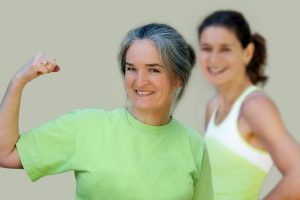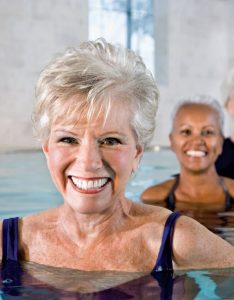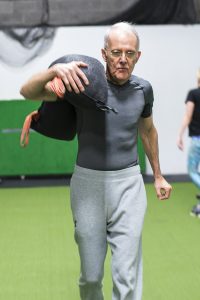An Easy Way to Limit the Damage from Too Much Sitting
I’m always looking for small changes in daily habits that can yield significant health benefits. This one is easy and practically painless: whenever you’re sitting for some period of time, be sure to get up and move around every 30 minutes.
What’s the big deal about taking a movement break whenever you spend more than half an hour in a chair?
 Your favorite chair is not your friend
Your favorite chair is not your friend
You may already know the litany of ways that too much sitting can be harmful, increasing risks of heart disease, cancer, diabetes, depression, and cognitive decline. “Sitting is the new smoking,” as the meme goes, and global health data bear that out. This is bad news for couch potatoes, considering that the average American now spends somewhere between 10 and 14 hours a day on his or her keister.
Researchers still don’t fully understand the physiological reasons why sitting for hours at a time is so damaging to the body. What they have learned, though, is that you can’t work off those effects. That’s because extended sitting increases blood levels of harmful proteins and, as this recent article explains, even a vigorous workout won’t eliminate them. That exercise session is still good for you, of course. But the takeaway is how important it is to avoid prolonged immobility.
An everyday fitness strategy
It’s easy to getting absorbed in what you’re doing and work or watch TV right through the 30-minute mark, so some people set reminder alarms on a laptop, phone, or watch when they first sit down. To make the most of your movement breaks, use them as a chance to stretch, get a drink of water, or both – a fitness trifecta!
Image: bst2012/Adobe Stock
 Mother’s Day is a perfect occasion let your mom or mother-in-law know you want her to be healthy, happy, and vigorous for years to come. If she’s not already doing something to stay fit, it’s not too late—and you can help! Joining her in a walk, a stretch, or a workout is a great way to celebrate the holiday. You can also encourage her to take steps toward a well-rounded fitness program, keeping a few basic principles in mind.
Mother’s Day is a perfect occasion let your mom or mother-in-law know you want her to be healthy, happy, and vigorous for years to come. If she’s not already doing something to stay fit, it’s not too late—and you can help! Joining her in a walk, a stretch, or a workout is a great way to celebrate the holiday. You can also encourage her to take steps toward a well-rounded fitness program, keeping a few basic principles in mind.
 What the science tells us
What the science tells us